REGAL Training Day
The REGAL Training Days (JFR), generally paired with the JER, offer complementary training to the student community. These trainings are technical in nature (inter-axis) or of general interest.
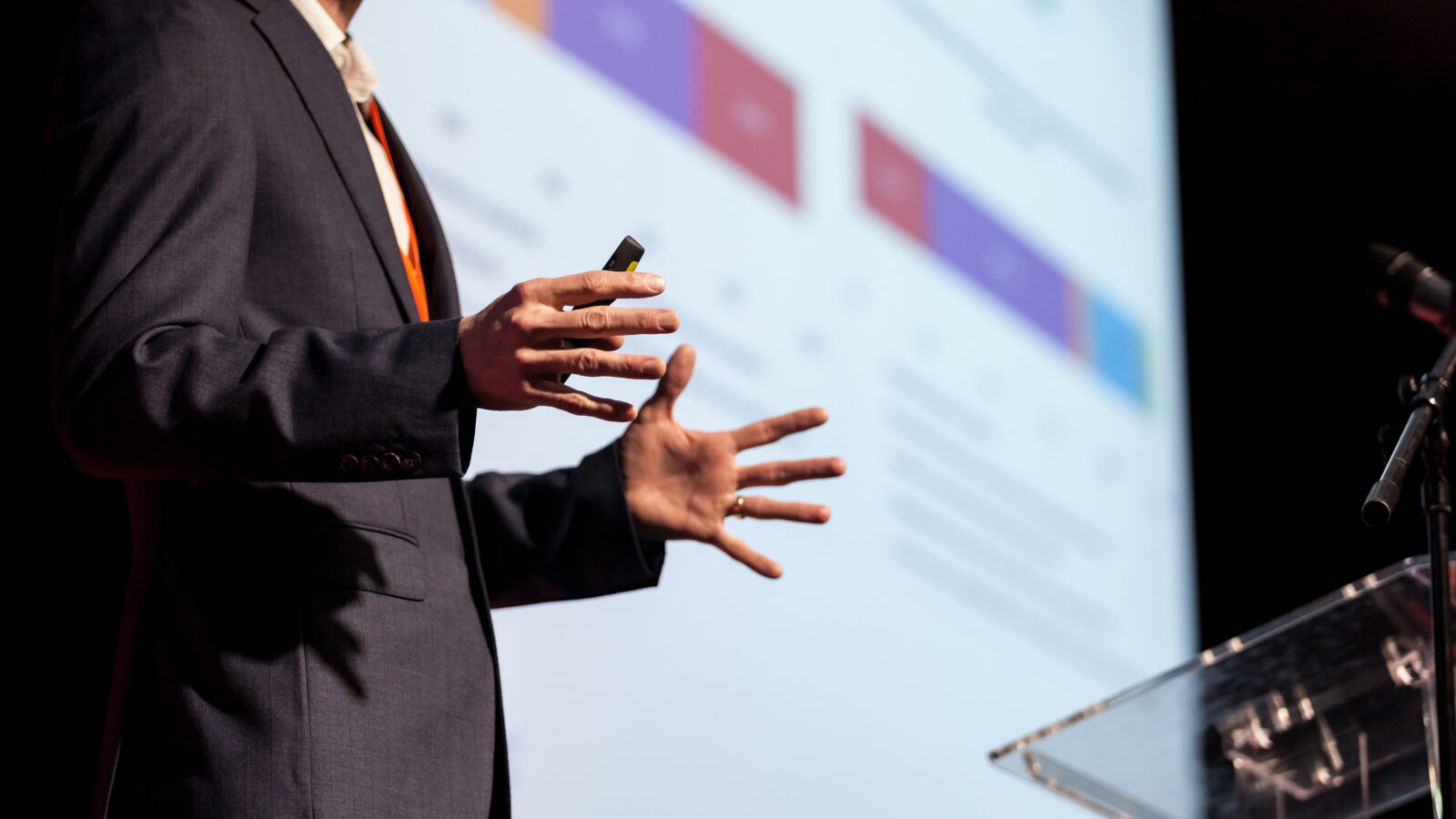
Training Day 2025
Colloque Métaux et Polymères: Particularly in 2025, the current economic and political context presents a very different reality from what has been experienced so far, with delicate situations in which customs tariffs, for example, redirect decisions when they don’t paralyze them. They bring considerable uncertainty and require intensified efforts to find new trading partners.
How can the industry adapt to these various changes? The commitment of the partners presenting this unifying conference demonstrates their desire to act together to bring together industry stakeholders and offer a diverse program tailored to the challenges and including avenues for reflection and solutions in the face of the industry’s current reality, which is experiencing its share of uncertainties and unforeseen events.
In addition to the original partners and those who have joined the organization of the metallurgical conference in recent years, particularly for the 2021 special edition co-presented with JER2021/REGAL, new collaborators are joining: CQFA and COALIA, CRITM and PRIMA. This new collaboration highlights other applications in metallic materials, particularly for additive manufacturing and critical and strategic minerals (CSM), as well as for the polymer sector, in applications serving the metallurgical industry.
Training Day 2024
This year, the REGAL student community will be able to attend the first edition of the conference “Progrès en développement durable: la science et le génie au service de la transition écologique et énergétique”. This important event will provide an opportunity to learn about the results of applied research on aluminium from seven Quebec universities, companies and research centres, but also to become aware of the common issues and opportunities between different research fields. In addition to the scientific poster sessions, there will be more than 80 technical presentations on sustainable development in three days among the following themes:
• Process engineering, sustainable materials and renewable energies
• Green chemistry and bio-based products
• Resource management and valorization, circular economy
• Ecosystems, biodiversity, fight against and adaptation to climate change.
In addition, there will be five plenary presentations from recognized experts in sustainable development and three expert panels, including a panel organized by REGAL that will address issues specific to our research environment.
Training Day 2023
Training Day 2023 In 2023, REGAL students had access to all the conferences presented as part of INALCO 2023.
Training Day 2022
Jonathan Gaudreault, Université Laval
Artificial Intelligence in an Industrial Context 4.0: A Data Monster Training
Summary
With a range of sensors, it is generally wrongly believed that developing industrial projects based on data is easy… but behind each success, a team had to overcome difficulties that all companies wishing to implement these technologies will experience. During this presentation, Professor Gaudreault addresses the most common risks and pitfalls in this type of project.
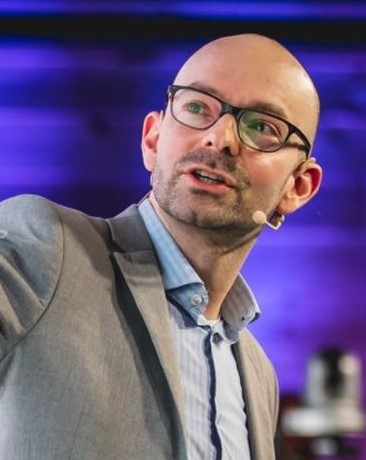
Jonathan Gaudreault is a professor at Université Laval. He is the director of the “Consortium de recherche en génie des systèmes industriels 4.0”. His team creates decision-making systems based on artificial intelligence in collaboration with more than a dozen industrial partners such as APN, Produits forestiers Résolu, Biscuits Leclerc and CRIQ. Professor Gaudreault’s expertise has been recognized on numerous occasions; he is notably one of the recipients of the Canada Prize for Interdisciplinary Research in Science and Engineering.
Sébastien Guérard, CRDA – Rio Tinto
Modelling the aluminium production process – approaches, strategies and examples
Summary
The aluminium production process is often difficult to model: it includes a wide range of interrelated physical phenomena (electrical, thermal, mechanical, electrochemical, magnetohydrodynamic, etc.) occurring in an industrial environment where measurements are limited and imperfect.
The objective of this training is to present some examples of modelling that have been successfully applied in industry. We will discuss a current distribution and ACD model, an algorithm for early detection of anodes placed at the wrong height, and a model representing CO2 bubbles under the anodes. Beyond the examples themselves, the emphasis will be on the best strategies for developing models that are useful in industry: Successfully representing the main physical phenomena, aiming for the right level of complexity, coupling different models to one another, and effectively exploiting all the currently available measuring tools.
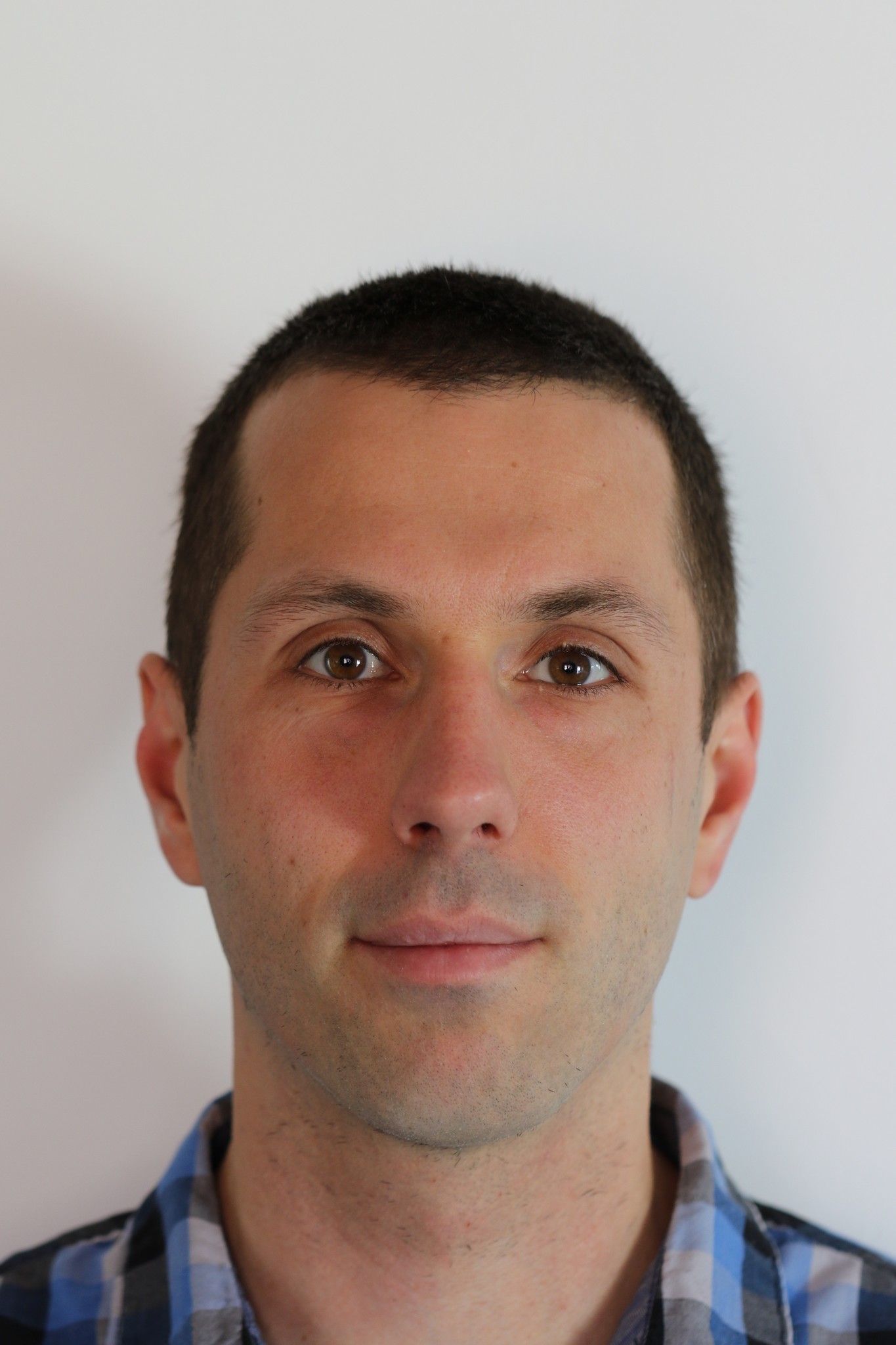
Sébastien Guérard completed a bachelor’s degree in chemical engineering and a master’s degree in engineering at the Université du Québec à Chicoutimi in 2010. After his studies, he worked for a year at Hatch, where he specialized in CFD modelling. He then started working at Rio Tinto in 2011. His main areas of expertise
include the design of electrolysis cells, process optimization, and the improvement of control algorithms. This led him to develop several models related to the process, some using finite element or volume methods, others based on different types of mathematical, physical or statistical approaches. More recently, he has been involved in the design and operation of new measurements on electrolysis cells.
Patrice Chartrand, Polytechnique Montréal
Thermodynamic Modeling of Molten Salts and Metal Phases for the Production of Aluminum Alloys
Patrice Chartrand: A graduate in materials engineering in 1994, Professor Chartrand received his PhD in metallurgical engineering from the École Polytechnique de Montréal in 2000. He has been a professor in the Department of Chemical Engineering at the École Polytechnique since May 2003. He is a member of the Centre de recherche en calcul thermochimique (CRCT) where he co-developed the FactSage software for calculating chemical thermodynamics and phase equilibrium since 1995. FactSage is used by more than 400 industrial and government research centres and more than 400 universities worldwide. Professor Chartrand’s research interests are the development of thermodynamic and physicochemical models for mixtures of molten salts and oxides as well as for light metals. Since 2004, Professor Chartrand has led the NSERC Research and Development project “A Virtual Laboratory for the Aluminium Industry” in partnership with Alcoa, Constellium, Élysis, Hydro Aluminium and Rio Tinto. He was a co-investigator of the RDCell1 and RDCell2 projects on the formation of jelly and the dissolution of alumina in electrolysis cells (NSERC – UQAC – Poly – Rio Tinto). Professor Chartrand was awarded the 2007 Grand Prix Alcan by the Académie des Sciences of the Institut de France for his work on the molten cryolite electrolyte. He is also co-recipient of the 2013 NSERC Synergy Léo-Derikx Prize for his industrial collaborations. He has published over 130 scientific articles in peer-reviewed journals and over 60 other scientific articles and industrial reports including a book chapter and two patents. He supervises or co-supervises about ten graduate students and several research associates.
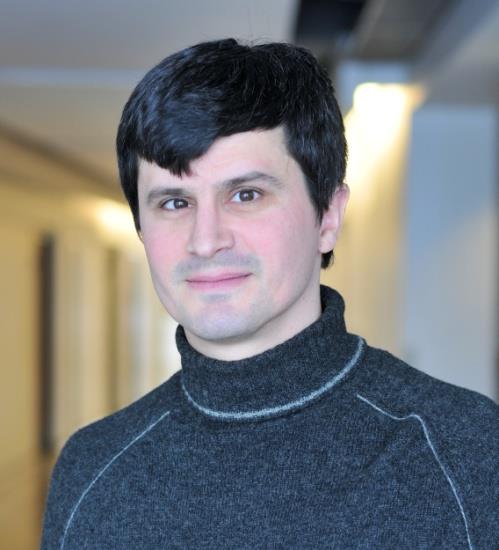
Bernard Clément, Polytechnique Montréal
Planning and statistical analysis of experiments: The essential and efficient method for designing an experimental plan to understand and optimize a process in all areas of application
Summary of the Training
Engineers and scientists use experimentation as a fundamental strategy to increase their knowledge. The art and practice of experimental planning is not well known and is neglected by engineers and scientists. The basic concept for designing effective and efficient experimental plans for a multi-factor context is an extremely valuable tool for anyone who envisages a data collection and testing plan. There is confusion and erroneous recipes on the true method for planning experiments to guide the experimental phase of data collection in scientific research. The objective of our presentation is to propose the main concepts and safe rules to effectively guide any researcher in the construction phase of an experimental design for data collection during a scientific experiment. The proposed experimental designs and principles put forward will allow any researcher, in whatever the field of application, to obtain the maximum amount of information with the minimum of tests. The analysis of the results is done by proven statistical methods giving clear and unambiguous interpretations. When you test several factors at the same time, you get more results from your resources. The proposed experimental design strategies are flexible and can be used in the design of products and processes, in the laboratory and in production. They can also be used for the study and emulation of computer programs with heavy calculations. An experimental design in the field of aluminium will be used to illustrate the concepts.

Bernard Clément, PhD, is a full professor in the Department of Mathematics and Industrial Engineering at the École Polytechnique de Montréal, affiliated with the Université de Montréal. He has over 40 years of experience teaching applied statistical methods and quality management to engineers and scientists. His client list includes IBM, Sidbec-Dosco, Noranda Research Center, Bolting Technology Council, Nortel, Institut de Recherche en Biotechnologie, Compagnie Générale des Eaux (Vivendi), Bell, Canada Post, DALSA Semiconductors, Cardianove, Warnex, Camoplast and several research institutions. He is an elected member of the International Statistical Institute (ISI) and a member of the American Statistical Association (ASA). He has served as Vice-President of the Canada Quality Council, as a director of the Association québécoise de la Qualité (Mouvement Québécois Qualité), and as President of the Société statistique de Montréal. He has been a member of the ISO committee of the Standards Council of Canada. He founded Génistat Conseils Inc., a consulting firm specializing in design and analysis of statistical studies. Its main product is the transfer of expertise, knowledge and management for the improvement of product and process quality.
Alexandre Bois-Brochu, Centre de métallurgie du Québec
Additive manufacturing of aluminium – Issues and potential
Training summary
Aluminium and its alloys have great potential in additive manufacturing, but they still have certain intrinsic constraints. The presentation will first cover the characteristics of aluminium alloys that dictate their use in additive manufacturing. The different AM processes will then be presented in relation to their ability to produce aluminium parts. The microstructural characteristics depending on the processes, the mechanical behaviour of alloys in AM and the aspects of non-destructive testing will also be covered.
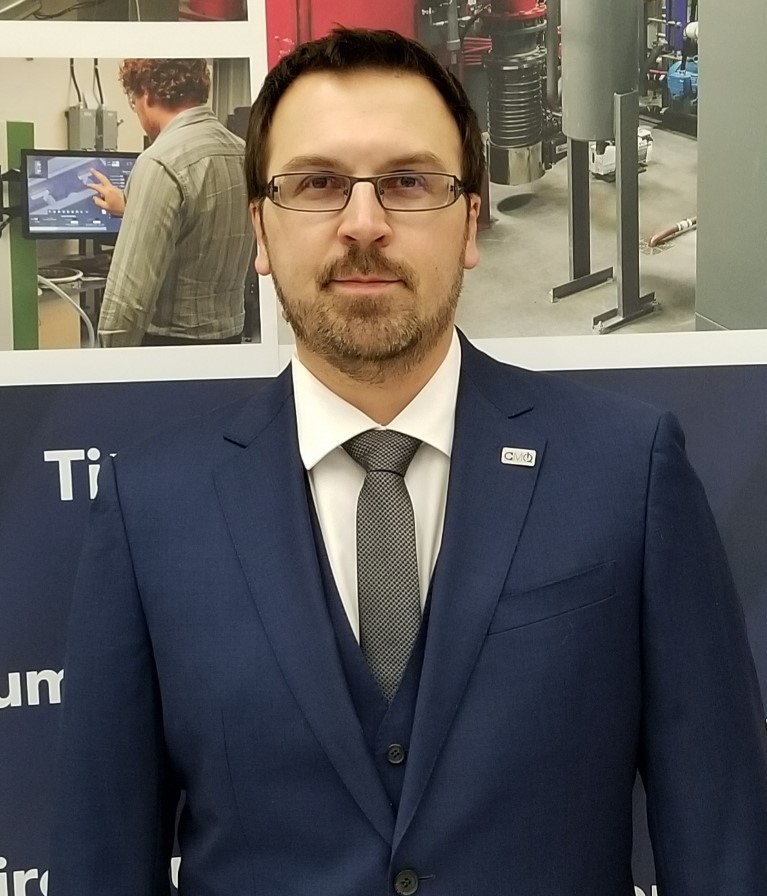
Alexandre Bois-Brochu, Ph.D., Eng., has been working at the Centre de métallurgie du Québec as a project manager since 2012. He has worked as an additive manufacturing project manager since 2015 and has been responsible for the additive manufacturing research axis since 2020. He obtained a PhD on the “effects of crystallographic texture on the static mechanical properties of the aeronautical alloy Al-Li 2099 T83” in 2017 and a bachelor’s degree in Metallurgical and Materials Engineering from Université Laval. At CMQ, he oversees additive manufacturing research projects, which include Optomec’s directed energy deposition (DED) and Hybrid Manufacturing’s hybrid DED processes, the SLM 125 laser powder bed fusion process, Fabrisonic’s ultrasonic welding system, as well as the development of heat treatments and NDT associated with AM.
Jean-François Béland, CNRC
Prediction of damage and fracture of extruded parts dedicated to collision applications
Training summary
The design of aluminium extrusions for collision structures, including bumpers, chassis and other structural components, depends on specific requirements such as the energy to be absorbed, the force transferred to the occupant and the available space. Currently there are challenges involved relating to the evaluation of the impact performance of a material, given the complex stress states and deformation paths. Determining the alloy temper and extrusion parameters is limited to experience. Regardless these choices must be regularly modified following extrusion tests in order to achieve the required ductility, often to the detriment of strength. This training demonstrates the development of a virtual tool to accurately predict the collision performance of a material and given extrusion parameters, upstream, at the design phase.
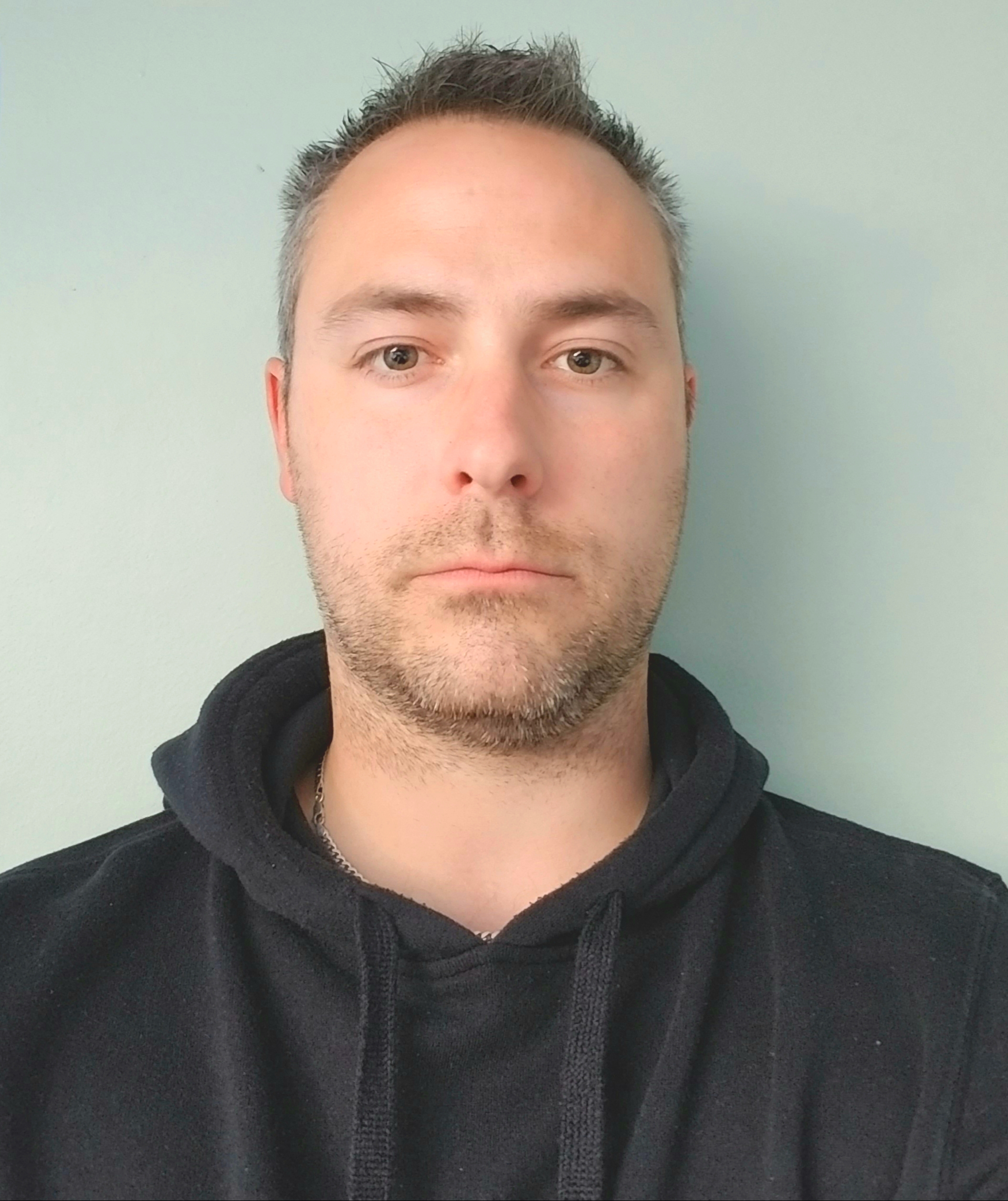
Jean-François Béland has been a research officer at the National Research Council for 14 years. He works on several cold and hot forming processes, specializing in numerical simulation techniques, such as finite elements and meshless methods, to study and optimize the forming, impact behaviour and assembly of aluminium.